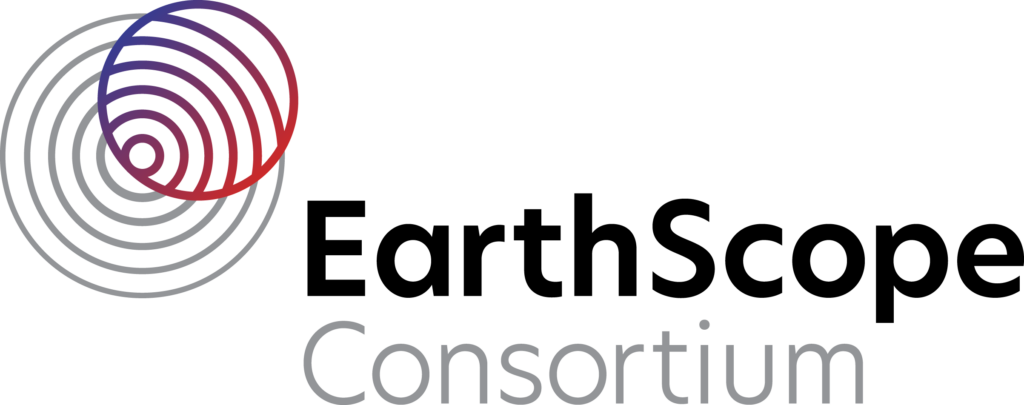Research support
If you utilized our services in conducting your research, please acknowledge us and our sponsors. This enables us to show the value and impact of the facility.
Work supported by NSF GAGE should acknowledge NSF award 1724794.
Work supported by NSF SAGE should acknowledge NSF award 1724509.
Use of data
Realtime multi-GNSS products are available via NTRIP under commercial and non-commercial licenses.
Use of images and other media
Unless otherwise stated, media on our website are licensed CC BY 4.0. Please credit EarthScope Consortium and the creator/photographer (where applicable).
Logo
You may use our logo for attribution purposes—click the button to download files. Please use the color logo on white backgrounds only. For a color background, use the white logo, instead.


